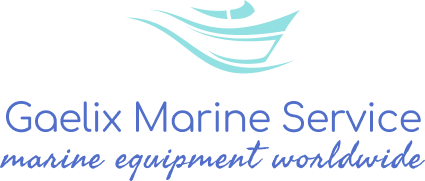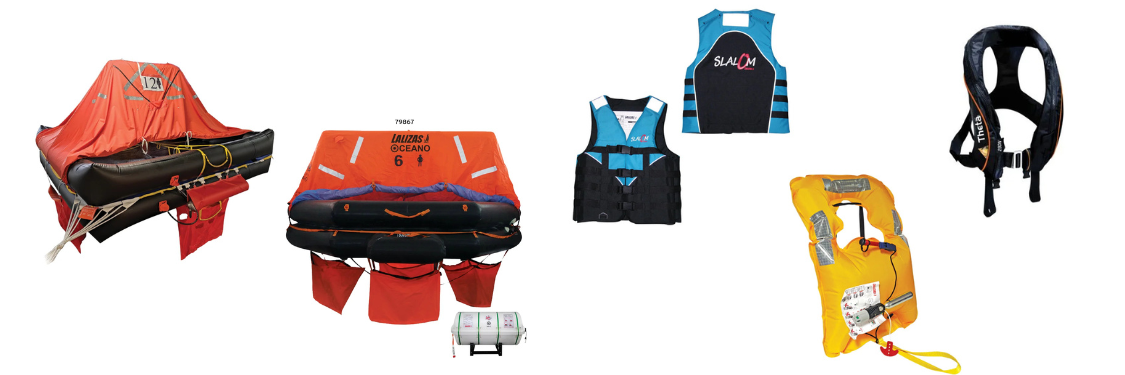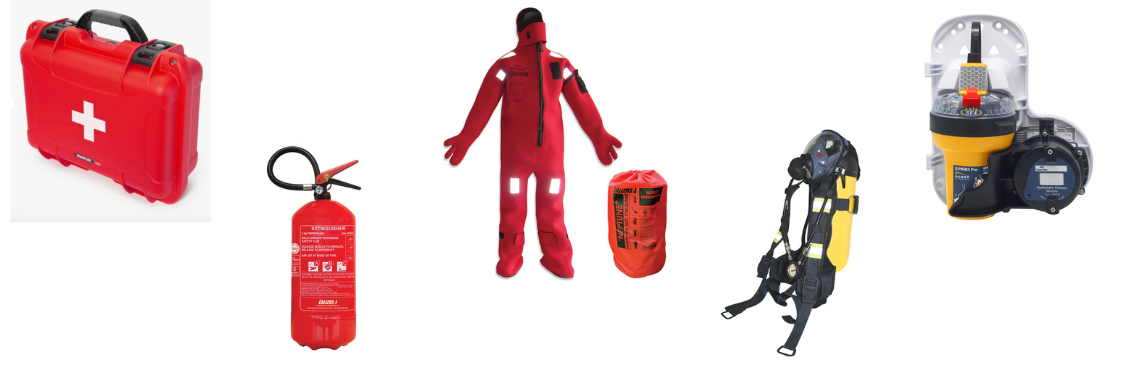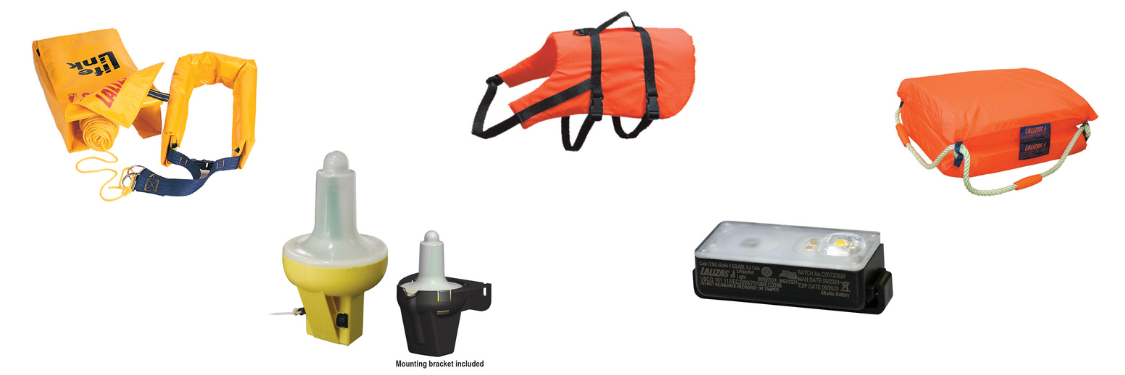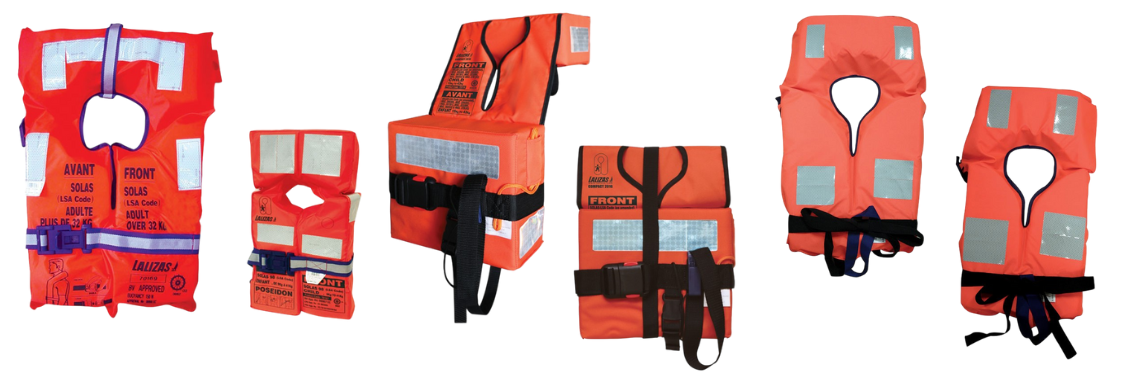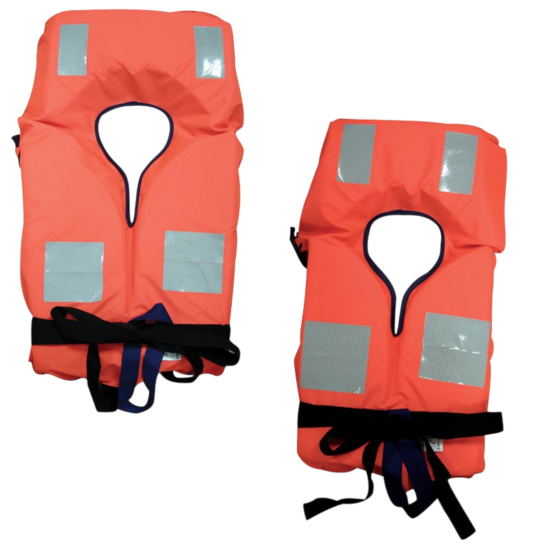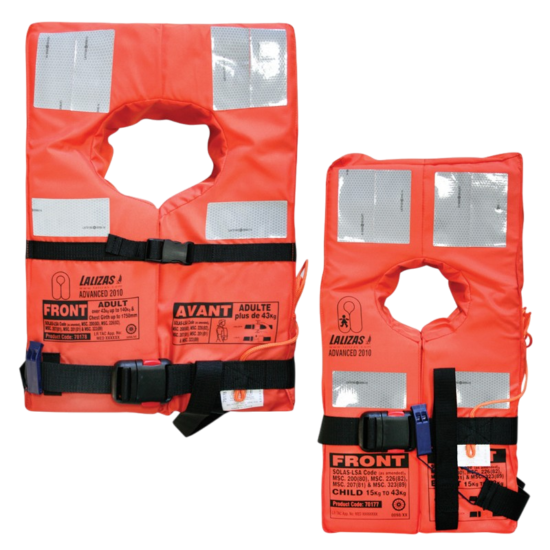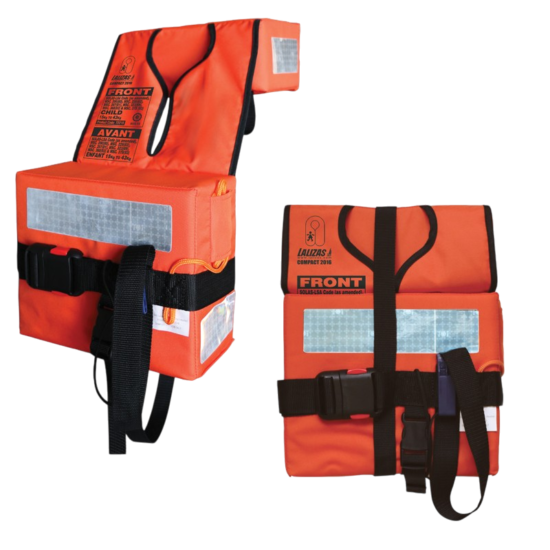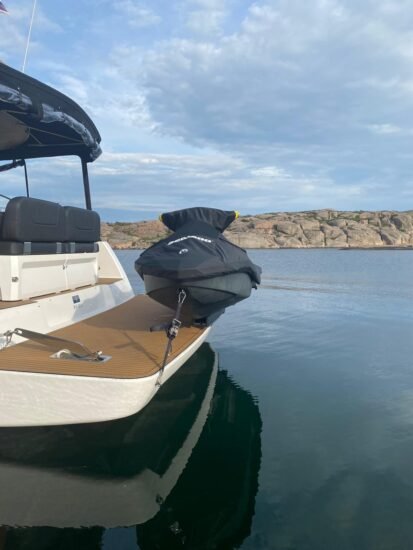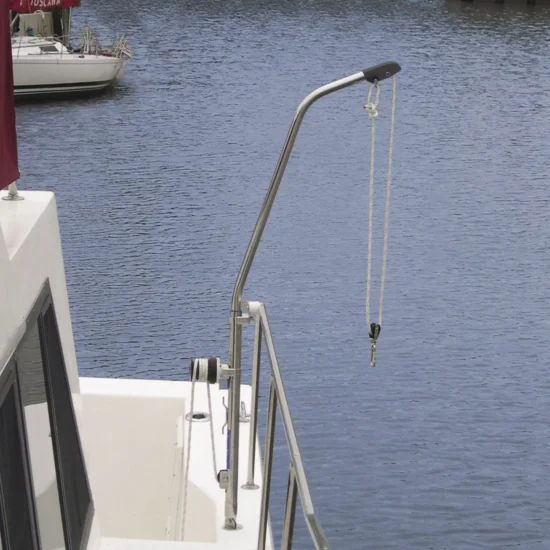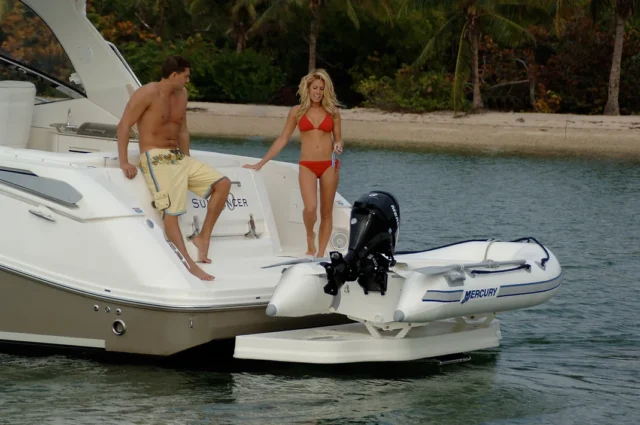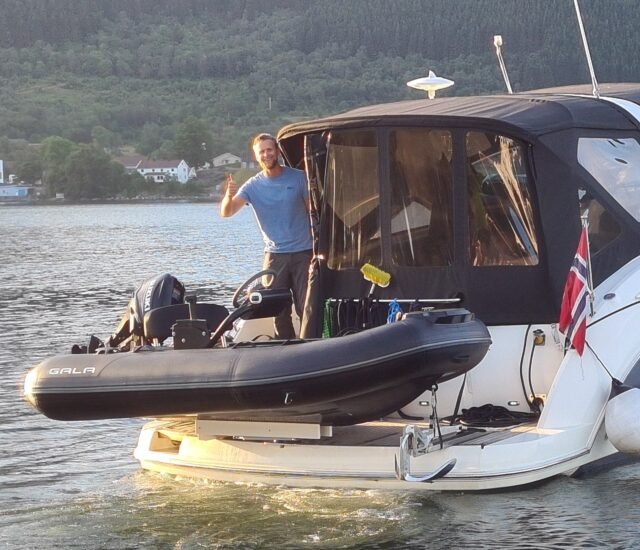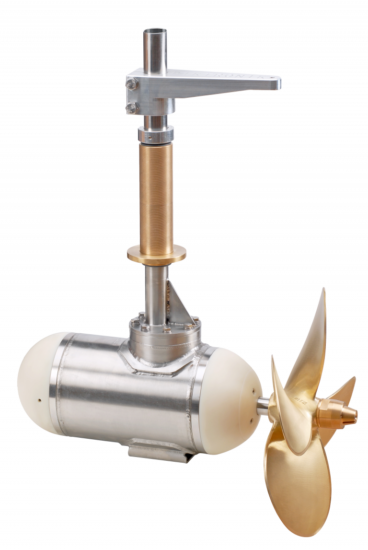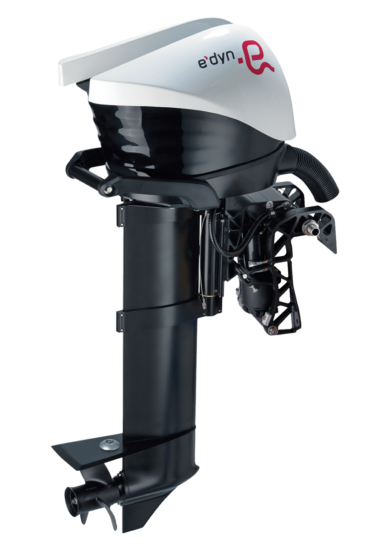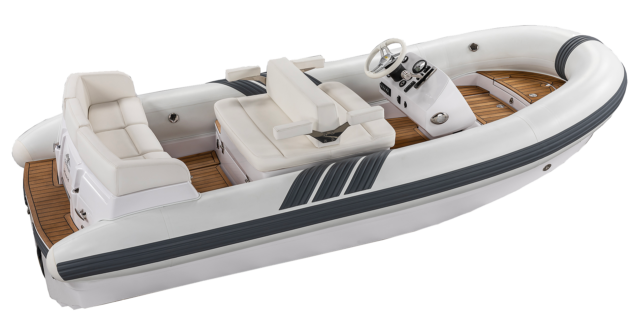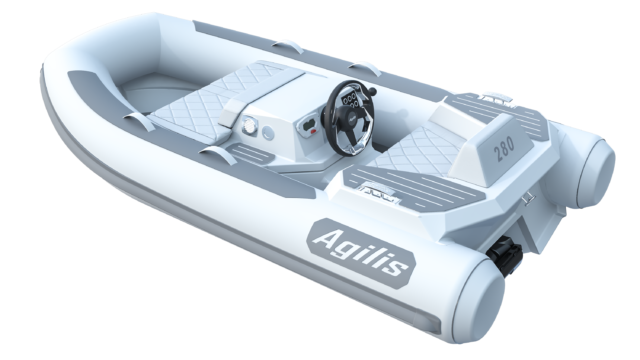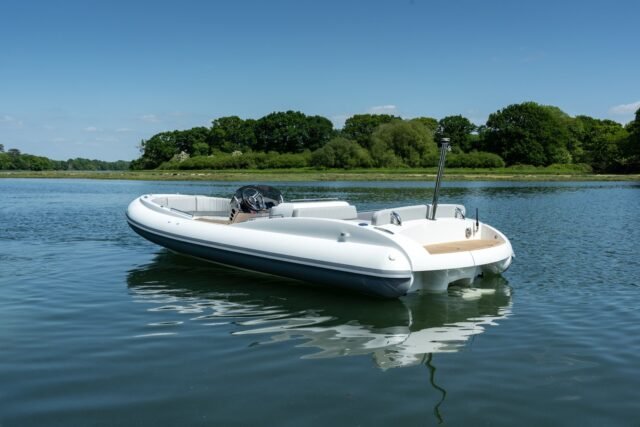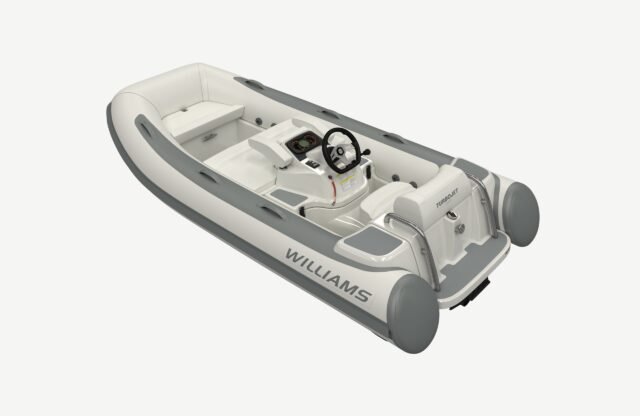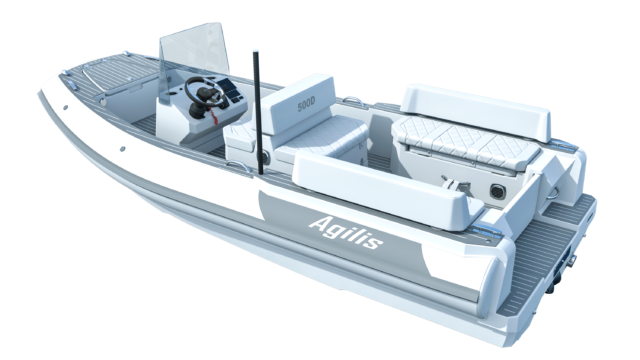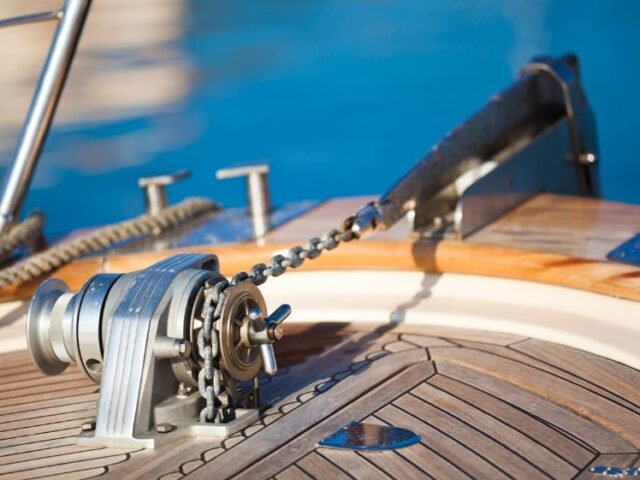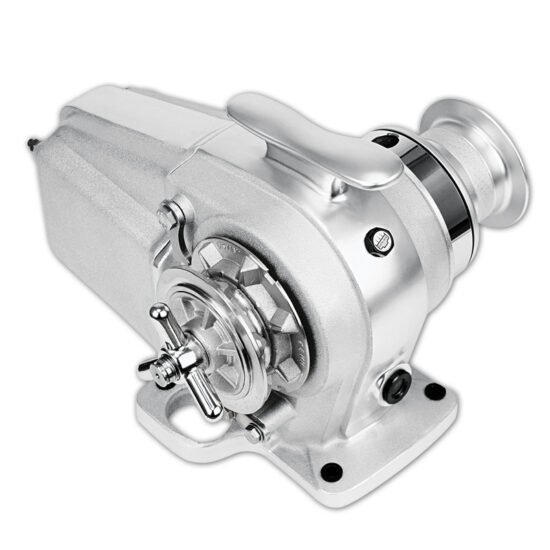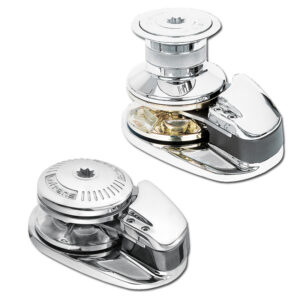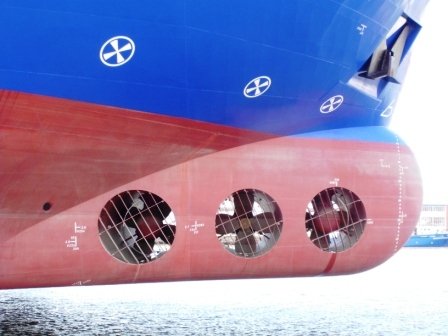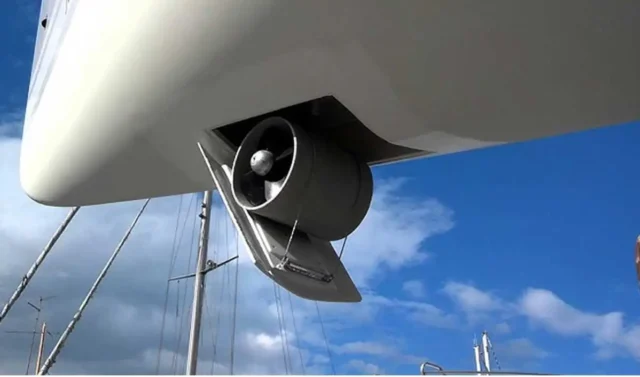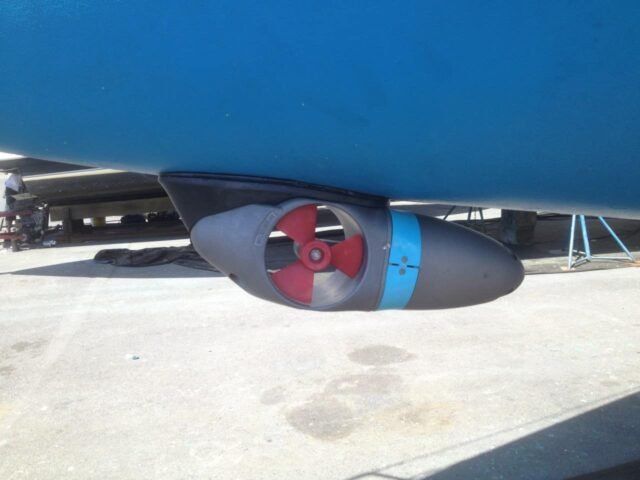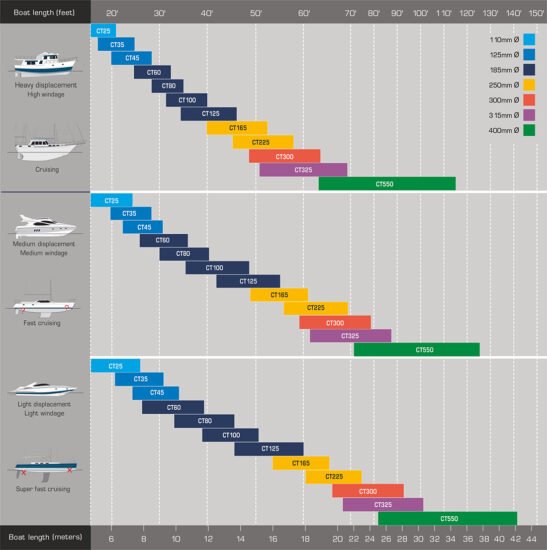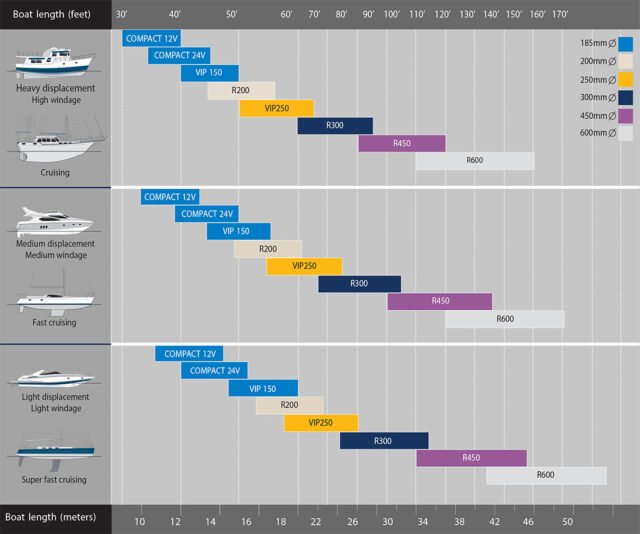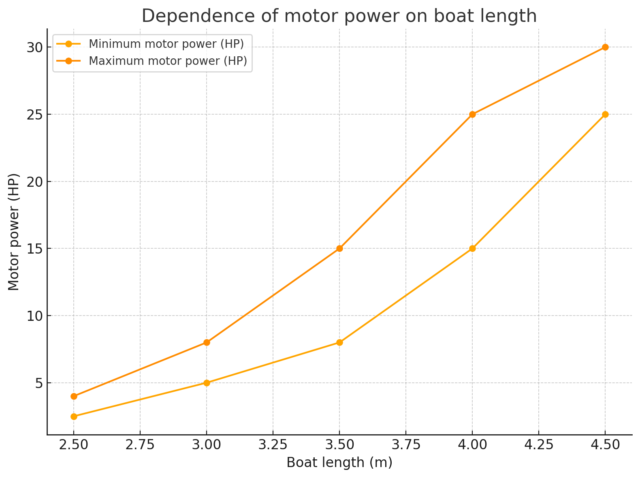Introduction
The sea is freedom, adrenaline, and endless horizons… but it’s also a force of nature that doesn’t forgive mistakes. When you set sail, safety isn’t something you put on the back burner. You’re either prepared for any emergency, or you’re taking an unnecessary risk.
As someone who understands the importance of marine safety, I always look for the best rescue equipment. That’s why we work with Lalizas—a company that doesn’t just make life jackets and rafts, but real life-saving tools.
If you’re a shipowner, captain, or simply someone who values their life and the lives of their crew and passengers, this article is for you. We’ll discuss the latest rescue technologies and why Lalizas isn’t just a brand, but a symbol of reliability.
Why Is Lalizas Rescue Equipment Your Best Ally at Sea?
Let’s break it down—what three key things should your rescue gear be capable of?
1️⃣ Activate automatically in an emergency. In a critical moment, you won’t have time to manually deploy anything. Lalizas equipment inflates, deploys, and sends out an SOS signal instantly.
2️⃣ Withstand any weather conditions. Storms, icy waters, and strong winds—Lalizas products are tested in the harshest environments.
3️⃣ Ensure visibility and communication. From GPS beacons to LED indicators, rescuers must be able to find you in seconds.
Now, let’s dive into the latest innovations.
Lalizas Automatic Life Rafts: Because Every Second Counts
How much time do you have when your vessel is sinking? Seconds. Minutes at best. That’s why your life raft must deploy instantly.
🔹 Lalizas ISO-RAFT – an automatic inflatable life raft that deploys upon contact with water, even in rough conditions.
✅ Why is this a game-changer?
- Automatic inflation – zero manual effort required.
- Compact storage – takes up minimal space on board.
- Built-in GPS and LED beacon – ensures rescuers find you fast.
🔥 Are you a shipowner? We offer bulk supply deals on Lalizas life rafts with unbeatable pricing!
Lalizas Smart Life Jackets: More Than Just a Jacket—Your Personal Guardian Angel
Remember those old, bulky life jackets that made moving impossible? Forget them. Today’s life jackets are not just flotation devices; they’re high-tech safety tools.
🔹 Lalizas Alpha and Sigma – automatic inflatable life jackets that:
✅ Inflate instantly upon contact with water.
✅ Feature built-in AIS beacons that send distress signals to nearby vessels.
✅ Are lightweight and comfortable – so comfortable you’ll forget you’re wearing one.
💡 Important! In the world of yachting and commercial shipping, there’s a growing shift towards automatic life jackets. Not because it’s a trend, but because they save lives faster than traditional ones.
📦 We provide bulk sales of Lalizas life jackets at the best rates!
Lalizas Personal Locator Beacons: So You’re Always Found
Do you know what the biggest fear of someone who falls overboard is? That no one will find them.
That’s where modern personal locator devices come in:
🔹 Lalizas Safeguard PLB – sends an SOS distress signal via satellite.
🔹 Lalizas AIS MOB – transmits your exact location to nearby vessels.
🔥 This small device can mean the difference between life and death. Don’t take chances with safety.
Lalizas Rescue Buoys & Throw Lines: Because Every Second Matters
Picture this: someone has fallen overboard. How quickly can you get them back?
🔹 Lalizas Life-Link – an automatic rescue buoy with a floating throw line. It deploys instantly, giving the person in the water something to hold onto until help arrives.
How to Choose the Right Lalizas Rescue Equipment for Your Vessel?
If you’re a shipowner, captain, or bulk buyer, keep these three factors in mind:
📌 Vessel size and type – Different solutions for fishing boats, yachts, small crafts, and commercial ships.
📌 Crew size – Ensure there are enough life rafts, jackets, and locator beacons for everyone.
📌 Additional safety features – GPS, beacons, automatic inflation, and other innovations improve response times.
💡 Pro Tip: If you’re unsure what equipment you need, talk to an expert (and yes, we’re happy to help!).
📞 Contact us – we’ll find the perfect Lalizas safety solution for your needs.
Frequently Asked Questions (FAQ)
❓ Why Choose Lalizas Rescue Equipment?
👉 Lalizas is a global leader in marine safety. Their products are rigorously tested and trusted by thousands of vessels worldwide.
❓ Which Lalizas Life Jacket Is the Best?
🦺 Lalizas Alpha and Sigma – if you need an automatic life jacket with an AIS beacon. These models are lightweight, comfortable, and meet international safety standards.
❓ What Should I Do If Someone Falls Overboard?
🚨 The most important thing is to immediately throw a rescue buoy and activate an SOS signal. Lalizas’ automatic devices like Life-Link and AIS MOB can help locate the person faster.
❓ Where Can I Buy Lalizas Rescue Equipment in Bulk?
📦 We are an official Lalizas distributor and offer the best deals on bulk orders for life jackets, rafts, buoys, and beacons.
❓ Which Device Helps Locate a Person in Water?
📡 Lalizas Safeguard PLB and AIS MOB – personal locator beacons that send distress signals via satellite or nearby vessels.
Conclusion
When you set sail, you need to know that if something goes wrong, you or your crew will survive. Lalizas rescue equipment isn’t just gear—it’s a real lifeline.
If you’re looking for reliable life rafts, jackets, and personal beacons, we’re here to offer you the best bulk supply deals.
📞 Get in touch today – safety can’t wait!
